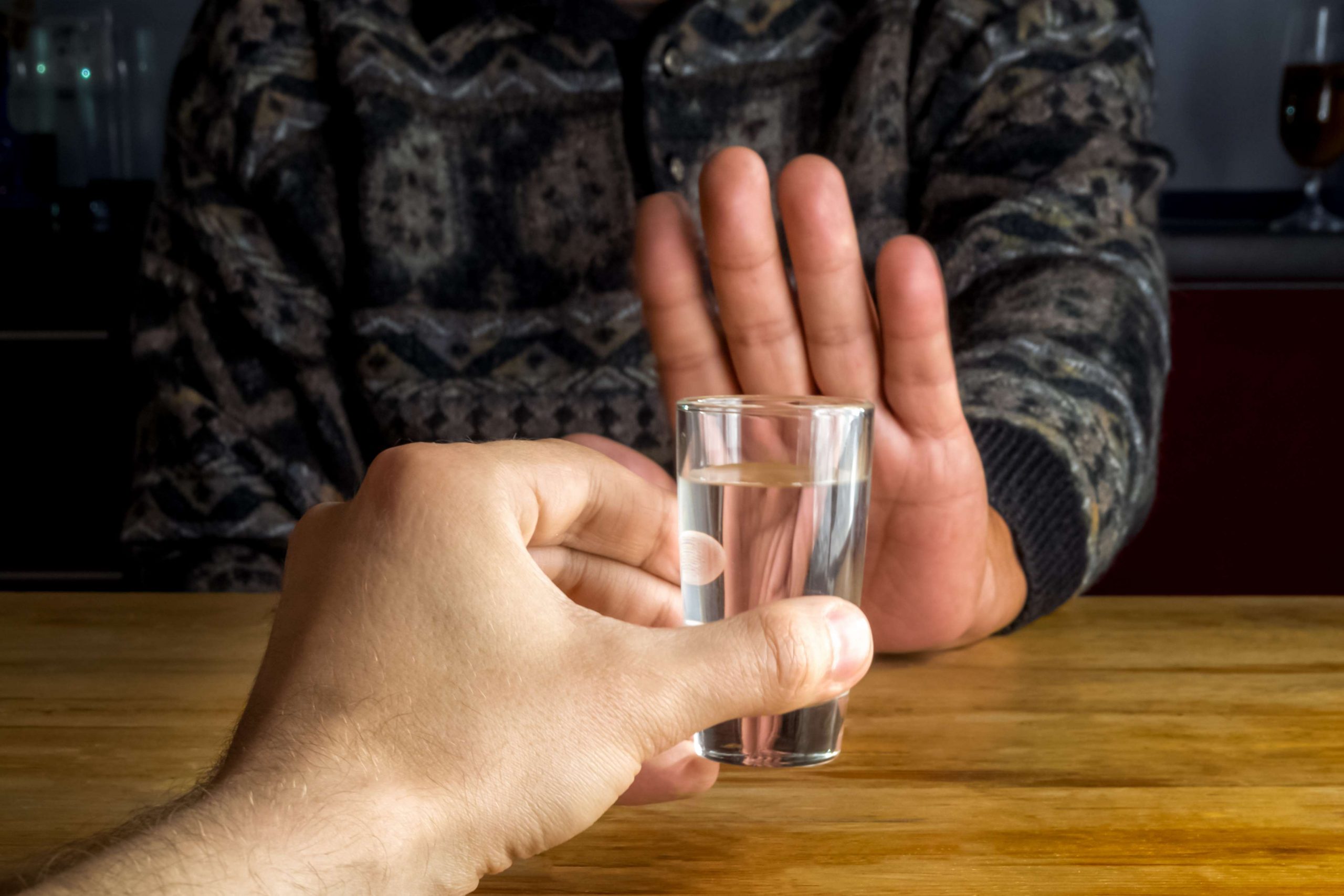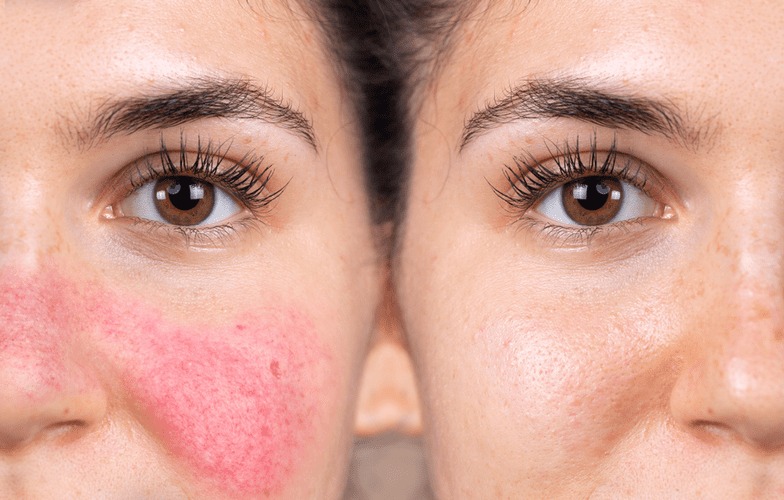Students attending schools with strong Greek systems or prominent athletic programs tend to drink more than students at other types of schools. In terms of living arrangements, alcohol consumption is highest among students living in fraternities and sororities and lowest among commuting students who live with their families. The first six weeks of freshman year are a vulnerable time for heavy drinking and alcohol-related consequences because of student expectations and social pressures at the start of the academic year. If you find it hard to stop drinking once you have started, you could also have a problem with binge drinking and possibly alcohol dependence. No matter how you choose to support your loved one’s efforts to stop binge drinking, remember you’re not their therapist.
How Does Binge Drinking Affect Adolescents?
This issue is also evident when published documents employ variant spellings for funding agency names. Therefore, interpretations concerning the most active institutions and funding agencies should be confined to the results derived from the aforementioned Scopus search methodology. 5, VOSviewer employs a color-coding system to differentiate each term on the basis of its average frequency in all analysed publications.
- Strong leadership from a concerned college president in combination with engaged parents, an involved campus community, and a comprehensive program of evidence-based strategies can help address harmful student drinking.
- However, a common research threshold for binge drinking is five or more drinks consumed within two hours for men and four or more drinks consumed for women 9–11.
- “Alcohol addiction is partially defined as the inability to cease consumption despite the negative consequences of alcohol intake, the need to consume more to reach the desired effect, and intense cravings.”
- Research has shown a strong correlation between increased alcohol intake and all-cause mortality, as well as for specific cancers.
- Other factors, like height and weight, can also have an impact on how alcohol affects you.
- Binge drinking can increase risks to your health, wellbeing and safety.
Concerned about the effects of alcohol SuicideLine Victoria
- Research suggests that alcohol consumption is also a risk factor for sudden infant death syndrome.
- Over the past decade, a significant increase has been observed in the number of publications dedicated to binge drinking.
- Do you enjoy a glass of wine after a long day at work or when socializing with a friend?
Alcohol is processed by the liver at a relatively constant rate, typically metabolizing about one standard drink per hour. By spacing out your drinks with a 20-minute interval, you allow your body some time to process the alcohol you have already consumed before adding more alcohol to your system. These costs encompassed various factors such as lost productivity, healthcare expenses, criminal justice expenditures, and other related outlays. Notably, binge drinking alone accounted for a significant portion of these costs, specifically 77%, totaling $191 billion. Factors related to specific college environments also are significant.
Specialized Treatments & Detox
In the typical female, 4 or more drinks within a 2-hour period will get BAC to binge drinking levels. Breaking free from binge drinking requires courage, support, and professional guidance. Whether you’re concerned about your https://franciscocurras.com/2022/07/11/alcohol-drug-rehabs-in-kentucky/ own drinking patterns or those of a loved one, help is available. The team at 12 South Recovery is committed to supporting you through every step of recovery. We encourage you to share this information with others who might benefit from learning about binge drinking and its effects.
Health Fast Facts
Engage in hobbies, sports, or social events that promote health and well-being without the need for excessive drinking. Establish personal limits for alcohol consumption and stick to them. Determine the amount and frequency of alcohol that you feel comfortable with and that aligns with responsible drinking guidelines. Understanding the underlying factors contributing to binge drinking can help in developing effective prevention and intervention strategies. Strong leadership from a concerned college president in combination with engaged parents, an involved campus community, and a comprehensive program of evidence-based strategies can help address harmful student drinking.
Binge Drinking Health Effects

For example, if a 12-ounce beer has about 150 calories, and you drink five, you’ve consumed an additional 750 calories which can quickly add inches to your waistline. It’s not uncommon for young adults to encourage one another to drink in excess, mix their drinks, or add rounds of shots. Even older adults can find it harder to turn down “one more drink” when they’re out having fun with friends. And peer pressure doesn’t necessarily come in the form of friends loudly encouraging you to drink more.

Palm Coast Treatment Solutions
The primary objective of these studies is to apply these findings to improve interventions and treatment strategies for individuals who binge drink 74–76. Binge drinking is defined as consuming 5 or more drinks for men or 4 or more drinks for women in about 2 hours, leading to a blood alcohol concentration of 0.08 percent or higher. It is the long-term effects of binge drinking most common and costly pattern of excessive alcohol use in the United States.

Binge drinking, or heavy episodic drinking, is where a large amount of alcohol is consumed in a short space of time. Binge drinking is still a serious public health problem that can severely damage Drug rehabilitation your health and well-being. The body experiences numerous immediate effects during and after a binge drinking episode.
Taking the first step toward healing can be challenging, but you’re not alone. At Solutions Healthcare Treatment Centers, we specialize in comprehensive, evidence-based patient centered care for individuals facing both mental health and substance use challenges. People who are heavily intoxicated are a danger to themselves and others. They cannot be trusted to care for their own needs or well-being and should not be left responsible for children or others.
